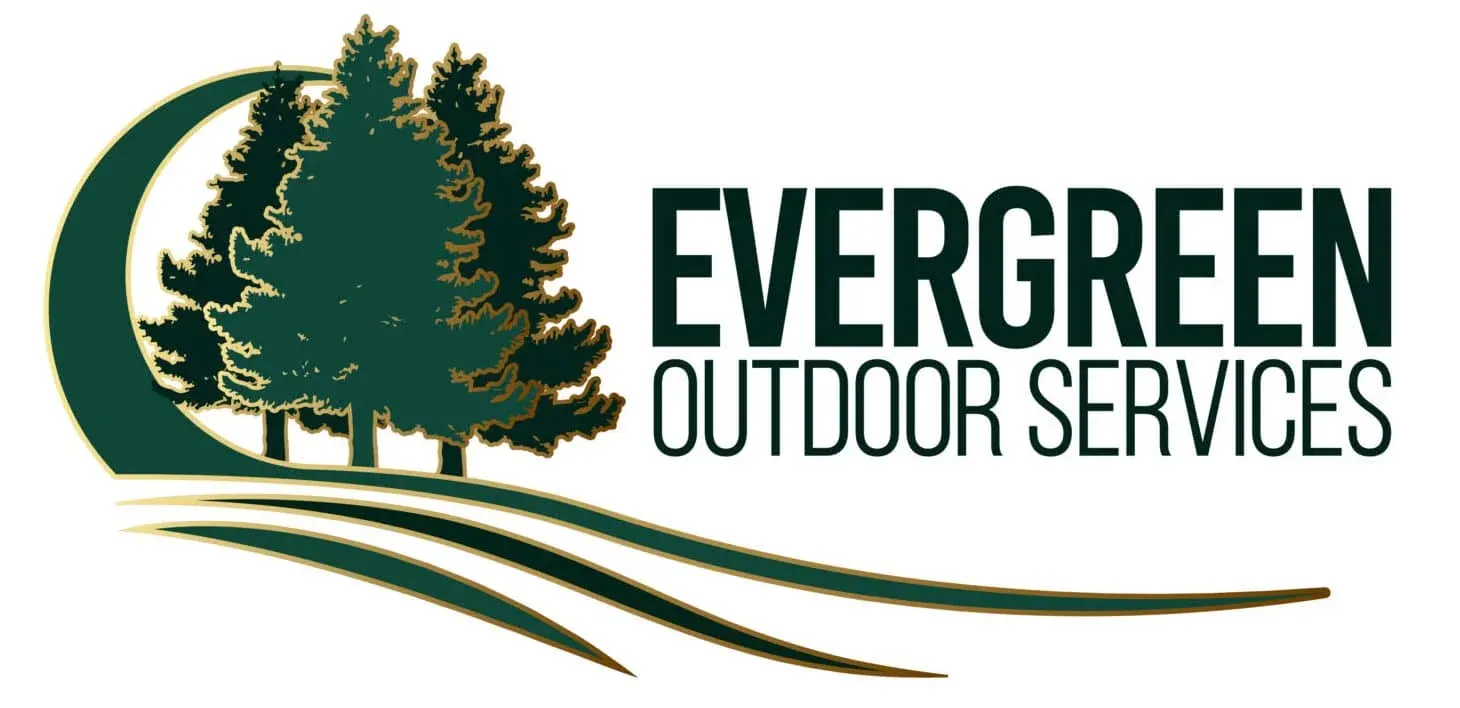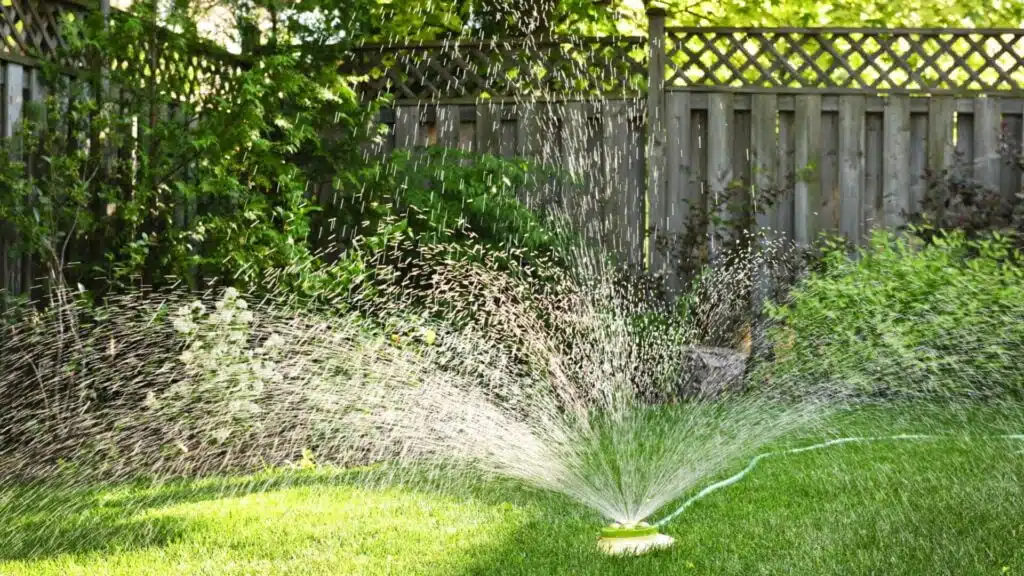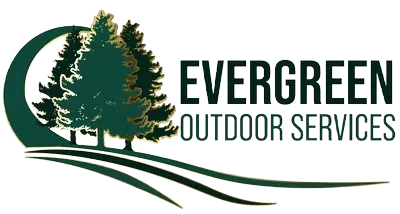
As May rolls in and temperatures rise, Houston lawn heat stress becomes a growing concern for homeowners preparing for the intense summer ahead. While we crank up the A/C and stock up on sunscreen, there’s one part of your home that might not be ready—your lawn.
Houston lawn heat stress is a real problem during our long, scorching summers. From St. Augustine to Bermuda and Zoysia, all warm-season grasses can suffer in extreme heat without the right care. If ignored, your lawn could turn brown, patchy, and struggle to recover.
Let’s explore how to recognize the signs of heat stress in your lawn, how to prevent it, and how to restore your yard if it’s already showing symptoms.
What is Lawn Heat Stress?
Lawn heat stress occurs when your grass loses water faster than it can absorb it from the soil. This happens often during Houston’s hot, dry months when temperatures soar past 90°F, and the soil quickly dries out under direct sun.
Common causes of heat stress in Houston lawns:
-
Intense sunlight with little shade
-
Infrequent or shallow watering
-
Compacted or poor soil
-
High foot traffic and mowing too short
How to Spot Heat Stress in Houston Lawns
Wondering if your lawn is just naturally slowing down or actually struggling? Here are some telltale signs of heat stress in Houston grass:
-
Grass blades curl or wilt
-
Brown or yellow patches begin to appear
-
Footprints stay visible long after stepping
-
Grass growth slows even with watering
-
Soil feels dry or cracked, especially in bare areas
These signs are especially common in St. Augustine lawns, which prefer moderate conditions and suffer without regular moisture.
How to Prevent Houston Lawn Heat Stress
1. Water Deeply, Early, and Wisely
-
The best time to water your lawn in Houston is between 5 AM and 9 AM.
-
Aim for 1–1.5 inches of water per week, split into two deep sessions.
-
Watering in the morning helps reduce evaporation and gives roots a chance to absorb moisture before the sun hits hard.
2. Raise Your Mowing Height
-
During hotter months, mow your grass a little higher—around 3 to 4 inches.
-
Taller blades shade the soil, keeping temperatures lower and reducing moisture loss.
-
Keep your mower blades sharp to avoid damaging grass under stress.
 3. Improve Soil Health with Aeration and Topdressing
3. Improve Soil Health with Aeration and Topdressing
-
Compacted clay soil in Houston prevents proper water absorption.
-
Aerate your lawn at least once a year to help roots breathe and water penetrate deeper.
-
Topdressing with compost or organic matter adds nutrients and helps retain soil moisture.
Learn more about how topdressing can help your Houston lawn beat the heat.
4. Recycle Your Clippings
-
Leave grass clippings on the lawn after mowing.
-
They act as a natural mulch to protect the soil and return nutrients to your grass.
Lawn Heat Stress Recovery Tips
Already seeing signs of stress in your yard? Here’s how to help it bounce back:
-
Deep water stressed areas early in the morning to avoid evaporation (Save money too!).
-
Pause on fertilizing until your grass is getting enough water again—feeding a stressed lawn can do more harm than good.
-
Reduce walking or mowing damaged spots to support grass health.
-
Consider applying a wetting agent or compost tea to aid recovery in dry or compacted areas.

With time, most Houston lawns will recover with proper watering and care—especially Zoysia and Bermuda, which have strong drought recovery traits.
FAQs: Lawn Care in Houston Summer Heat
Q: Can heat-stressed grass recover?
A: Yes, with early intervention—deep watering, less traffic, and improved soil—you can help most lawns recover in 1–3 weeks.
Q: Should I water every day during a heatwave?
A: Not necessarily. Instead, water deeply 2–3 times a week. Shallow daily watering leads to weak, surface-level roots.
Q: When is the best time to aerate and topdress in Houston?
A: Late spring or early fall is ideal, but if your lawn is compacted during summer, light topdressing can still help.
Q: Is it safe to fertilize during a drought?
A: No. Fertilizers can burn your lawn if applied when the grass is stressed or the soil is dry. Wait until recovery starts.
 Evergreen Outdoor Services is Here to Help
Evergreen Outdoor Services is Here to Help
At Evergreen Outdoor Services, we specialize in protecting Houston lawns from heat stress. Whether it’s lawn health assessments, aeration, topdressing, or irrigation adjustments, we tailor every solution to Houston’s unique climate and soil conditions.
Don’t let the heat win this summer. Let our team help your lawn thrive—even through triple-digit temperatures.
📞 Call or text us at 832-506-8239
🌐 Fill out the contact form on: evergreenlawncaretx.com/contact
📍 Serving Northeast Houston, including CE King, Summerwood, and surrounding communities.


 3. Improve Soil Health with Aeration and Topdressing
3. Improve Soil Health with Aeration and Topdressing Evergreen Outdoor Services is Here to Help
Evergreen Outdoor Services is Here to Help